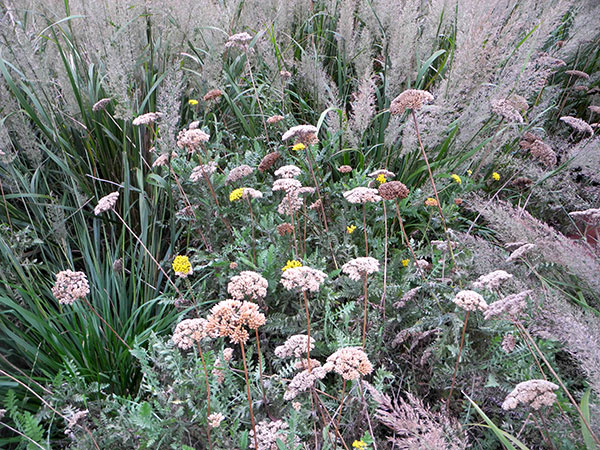It was conceived as an important visual document, accessible to the public and to institutions, which would describe the faces of a community and a moment whose memory is already fading from our consciousness.
The Kickstarter for the project needs a real boost as it winds down now, with less than three days to go. If the book doesn't get published, I think it will be a genuine loss for activism today.
Of course if it does get published, it won't mean a cure for AIDS. Also, to be sure, "The AIDS activist project: A new book of portraits of AIDS activists from around the globe" is not a vanity project for the artist, Bill Bytsura, or for those members of the historical ACT UP whose beautiful portraits will be a part of it.
Its importance is greater than the authors of the project or the subjects included in the book.
Pictures are important for understanding a past and inspiring a future, but pictures assembled in a context are still more important, and take on a life of their own. ACT UP was a movement which exploded in the late 80s, and burgeoned through half of the next decade, responding creatively, and often heroically, to a life and death crisis which was being ignored by an establishment which appeared to be unmovable.
Its people and the community they formed, along with the AIDS crisis which galvanized them, may be ancient history to a generation struggling today worldwide with an indifference among the powerful arguably even broader in scale - if, perhaps, less deadly. There is much to be gained today from looking at the devices employed, their successes - along with their failures, by a movement which flourished twenty and more years back. There's also the courage and nobility of so many of its members, and the anger and the love which was always a part of the movement.
Bytsura's book would give a face to an entire generation of activists (although in fact people of all ages were included in its membership), and it could serve an entire new generation as both muster to resistance, and powerful inspiration for effective resistance. Please help to breathe life into it, and consider contributing to its publication.
Full disclosure: Billy has been a friend since the days of ACT UP at it peak, and Barry and I have several of his beautiful non-activist photographs in our collection. There is also this portrait of a very young me, at 50, in 1990.
